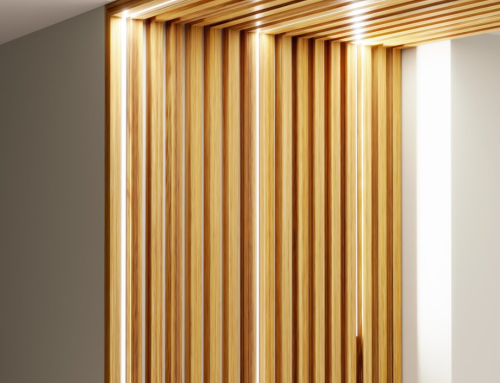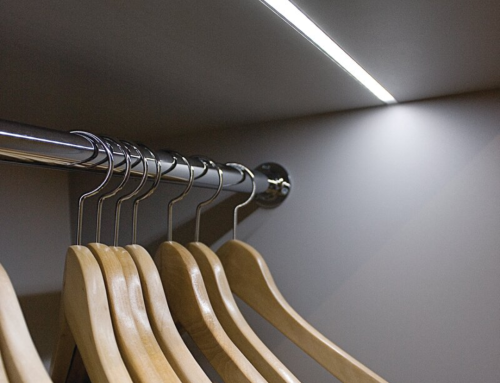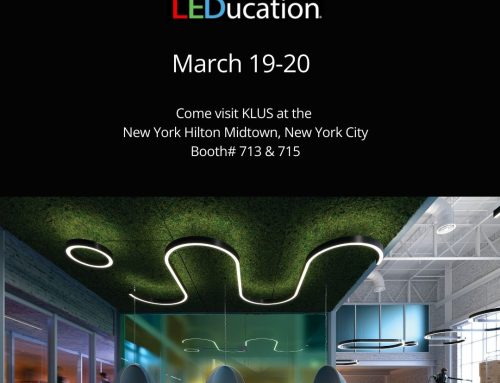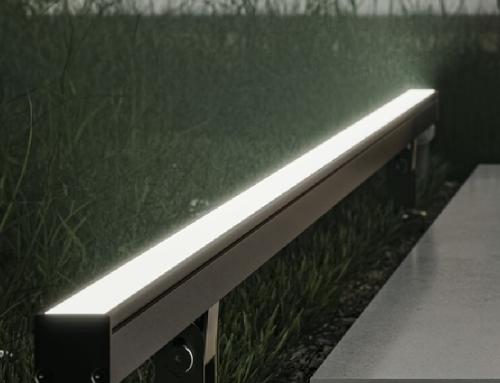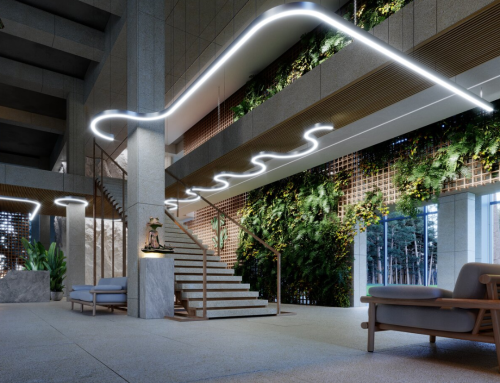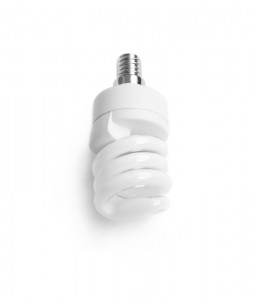 If you’re like many, you’re still adjusting to using compact fluorescent lighting (CFL’s). They are those swirly light bulbs that look like a corkscrew. Now the literature tells us, we should be switching to solid-state lighting (SSL) especially light emitting diodes a.k.a. led lighting systems. Here is some background on both lighting technologies.
If you’re like many, you’re still adjusting to using compact fluorescent lighting (CFL’s). They are those swirly light bulbs that look like a corkscrew. Now the literature tells us, we should be switching to solid-state lighting (SSL) especially light emitting diodes a.k.a. led lighting systems. Here is some background on both lighting technologies.
LED’s are small electrical devices that turn electricity into light. You’ve probably seen them as thin strips of lighting along the edges of steps in the movie theater. At one time they were too expensive for home use, but over the last few years, they have come way down in price.
According the governments Energy Star website, LEDs generate less heat and use less energy than CFL systems. While compact fluorescent lights emit light in all directions forming a sphere of light, LEDs only emit light in one direction with no wasted illumination to the sides and towards the fixture.
The Department of Energy estimates by 2027, LED lighting systems could reduce electrical demand by 33%. They claim this could save $265 billion dollars, and result in 40 less power plants needing to be built.
The Daily Green, a consumer guide to green living ran an article comparing CFLs to light emitting diode systems. They stated that LEDs have a life expectancy of 25,000 hours, they don’t require a warm-up period, and turning them on and off doesn’t harm them. Switching compact fluorescent lights on and off can drastically reduce their life expectancy. Also CFLs need a few minutes to warm up.
Another drawback to compact fluorescent lights, they are made of glass and break easily. I’ve been known to break a light bulb or two during installation, and they’re not cheap. LEDs are not fragile— music to my ears.
CFLs contain small amounts of Mercury, a hazardous substance. The government recommends you recycle these bulbs when they burn out. Some States make it illegal to dispose of these bulbs in landfills. You also need to take precautions when cleaning up a broken bulb. Don’t leave it in the house. A broken bulb releases mercury vapor.
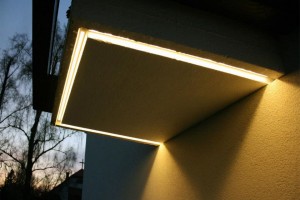 Using light emitting diodes helps the environment. They use less energy, last longer and are less breakable. They come in strips about eight millimeters wide and 3 mm high. There are about 30 diodes per a one-meter strip.
Using light emitting diodes helps the environment. They use less energy, last longer and are less breakable. They come in strips about eight millimeters wide and 3 mm high. There are about 30 diodes per a one-meter strip.
Traditionally, LED lighting systems have been used to draw attention to objects. They are installed under cabinets for lighting counter tops. People use them around stairways and exits. Suspended from the ceiling, they can be used to light a room. These systems are being continually improved, and for more uses. Fixtures look modern and sleek. If you’re thinking about remodeling your homes lighting investigate LED systems.

